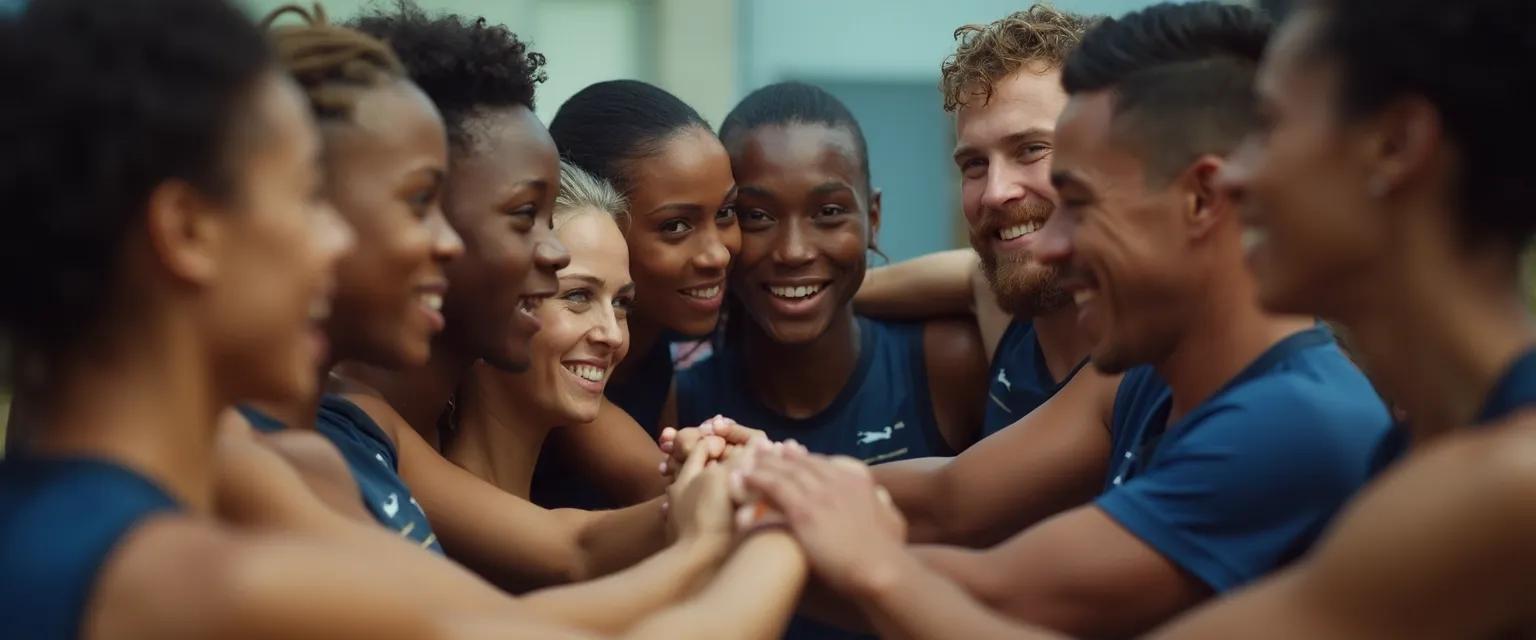Team Sports Success: How Emo Intelligence Creates Championship Connections
Ever watched a championship team pull off an incredible comeback in the final moments of a game? That magic isn't just about physical skill—it's emo intelligence at work. The best athletes know that emotional awareness creates the invisible advantage that separates good teams from great ones. Emo intelligence, the ability to recognize and manage emotions in yourself and others, transforms ordinary teams into championship dynasties by building connections that withstand pressure.
Research consistently shows that teams with high emo intelligence outperform those relying solely on tactical training. When athletes understand each other's emotional states, they communicate more effectively, build social connections faster, and maintain composure when games get intense. The Golden State Warriors' championship runs weren't just about shooting threes—they were masters at reading each other's emotional cues and responding appropriately.
Sports psychologists have discovered that teams with strong emo intelligence recover from setbacks 34% faster than those without these skills. Let's explore how you can develop and apply these powerful techniques to elevate your team's performance.
Recognizing and Responding to Emotional Cues: Core Emo Intelligence Skills for Athletes
Developing effective emo intelligence starts with becoming fluent in the non-verbal language of emotions. Championship athletes don't need words to understand when a teammate is losing confidence or getting frustrated—they read the subtle physical cues.
Watch for these key emotional signals during practices and games:
- Body language changes (slumped shoulders, head down)
- Facial expressions (jaw tension, forced smiles)
- Energy shifts (sudden bursts or drops in intensity)
- Voice tone variations (higher pitch when stressed)
Self-awareness forms the foundation of all emo intelligence techniques. Before you can respond to teammates effectively, you need to recognize your own emotional patterns. Are you someone who gets quiet when frustrated? Or do you become more vocal? Understanding your default responses helps you communicate your needs to teammates.
Try this simple exercise: During your next practice, take 30 seconds before drills to notice your emotional state. This quick check-in builds the mindfulness techniques that strengthen your emo intelligence. Then, extend this awareness to teammates, noting one observable emotional cue from each person.
Elite teams practice emotional recognition as deliberately as they practice plays. The best emo intelligence isn't just about seeing emotions—it's about responding appropriately to what you observe.
Building Team Chemistry Through Emo Intelligence Communication
Once you can identify emotional states, the next step in your emo intelligence guide is adapting your communication style accordingly. When a teammate shows signs of frustration, they need different support than someone brimming with confidence.
For anxious teammates: Use calm, clear communication with specific, actionable feedback. "I've got your back on defense" provides more security than general encouragement.
For overly excited teammates: Help channel that energy with focusing statements: "Let's use that energy for our defensive press."
For discouraged teammates: Remind them of specific past successes rather than generic motivation.
Creating psychological safety—where teammates feel comfortable expressing emotions without judgment—represents the pinnacle of team emo intelligence. This environment doesn't happen accidentally; it requires intentional leadership from everyone. Start by validating others' emotional experiences: "I see you're frustrated with that call. That makes sense."
When conflicts arise, emo intelligence strategies shine brightest. Instead of ignoring tensions, address them with curiosity: "I noticed things got intense during that drill. What were you experiencing?" This approach builds trust and transforms potential divisions into deeper connections.
Applying Emo Intelligence in Game-Changing Moments
The true test of your team's emo intelligence comes during high-stakes situations. Championship teams maintain emotional connections even as pressure mounts. They use non-verbal cues—a quick glance, a hand signal, a nod—to communicate volumes without words.
Before your next competition, establish emotional check-in signals with teammates. A simple thumbs-up/thumbs-middle/thumbs-down system provides instant emotional information that allows for immediate support.
The benefits of developing these emo intelligence skills extend far beyond sports. The same techniques that build championship teams create success in relationships, careers, and personal growth. By mastering emo intelligence in the structured environment of sports, you're developing life skills that will serve you in every arena.
The most effective emo intelligence doesn't require complex psychology—just consistent awareness and intentional response. Start with one technique from this guide in your next practice, and watch how quickly your team's emotional connections—and performance—begin to transform.




